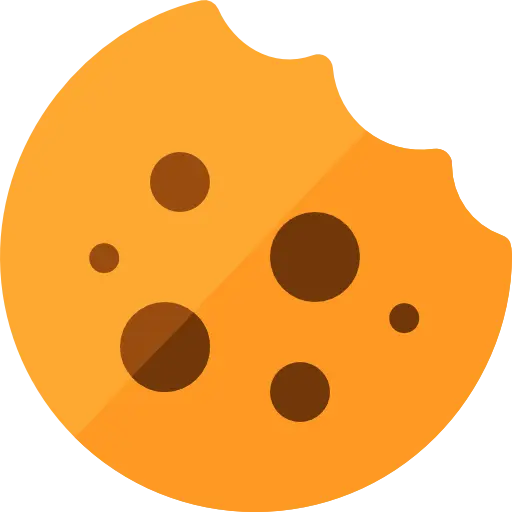Content marketing isn’t as easy as it used to be. As more businesses realize the value of creating and curating content for their users, businesses must work harder to distinguish themselves from the competition.
If you’ve struggled to get your content in front of the right customers, then you’ve probably considered using paid promotions.
Although it does cost you more, it can quickly grow your audience and conversion rates. Paid promotions target your content to the people who are most likely to take action.
Here are the things you need to know to get a higher return on your content marketing efforts.
The “Why” of Paid Promotions
Your business a wide range of options when it comes to paid marketing. Used correctly, they can match your content with the ideal users, and meet their needs according to their position within your sales cycle.
Not everyone is ready to buy. Those who are get more value from a particular type of content, while those who aren’t need the right information to guide them towards making a purchase.
In order to maximize the results of your content marketing, you need to first define your audience.
Who’s Viewing Your Content?
The real secret to a successful paid marketing campaign is to know who you’re targeting. This might seem obvious. But many marketers overlook this in their attempts to simply blast out content.
By defining your audience, you create the terms that will define that audience for whatever distribution platform you use. For example, Facebook allows you to define a target audience using the following:
- Location
- Age
- Gender
- Interests
- Purchase history
This is ensures that your content reaches the right person at the right time.
It’s too easy to think in terms of what you as a business would prefer from your customer. Defining the audience lets you empathize with their needs and behaviors to determine how they’ll truly respond.
What’s the Context?
You need to match your content with the intended audience. But it’s important to match the content with the distribution platform.
In the same way that paid search puts your listing in the context of a SERP, articles and videos should also correspond with the channel being used to share it them.
If you’re using paid advertising via Facebook, Twitter, or any other social media platform, consider how users engage with content on each one. Not all social media is created equal, and you need to understand the behaviors and expectations of their users.
This can be addressed when you’re planning your content. By knowing how it will integrate with a given platform, you’ll generate relevant content that’s organic to the context in which it’s viewed.
Platforms that have sharing functions built into them are ideal for paid content promotions. This ensures that your message is shared throughout a variety of channels based on one promotion.
Paid promotions can help you break through the wall of content that’s made it difficult for online marketers. It distinguishes you from the crowd and reaches users who are more likely to become customers.
By identifying your target audience and creating content that’s appropriate for the platforms you choose, you’ll grow your business faster than ever.
If you’re used paid promotions, let us know what kind of results you achieved? What did it teach you about how your content is viewed and shared? Let us know in the comments below.

